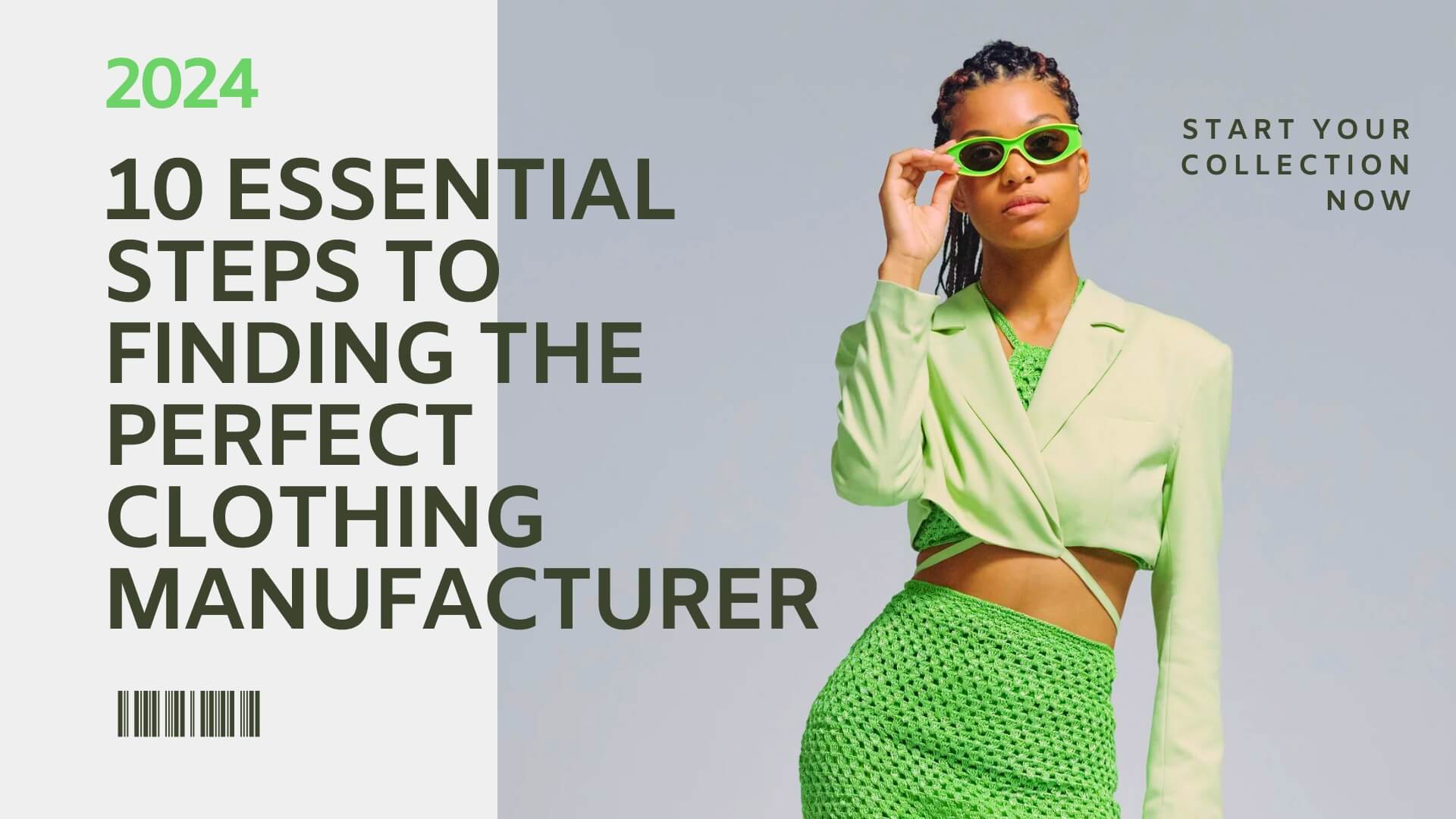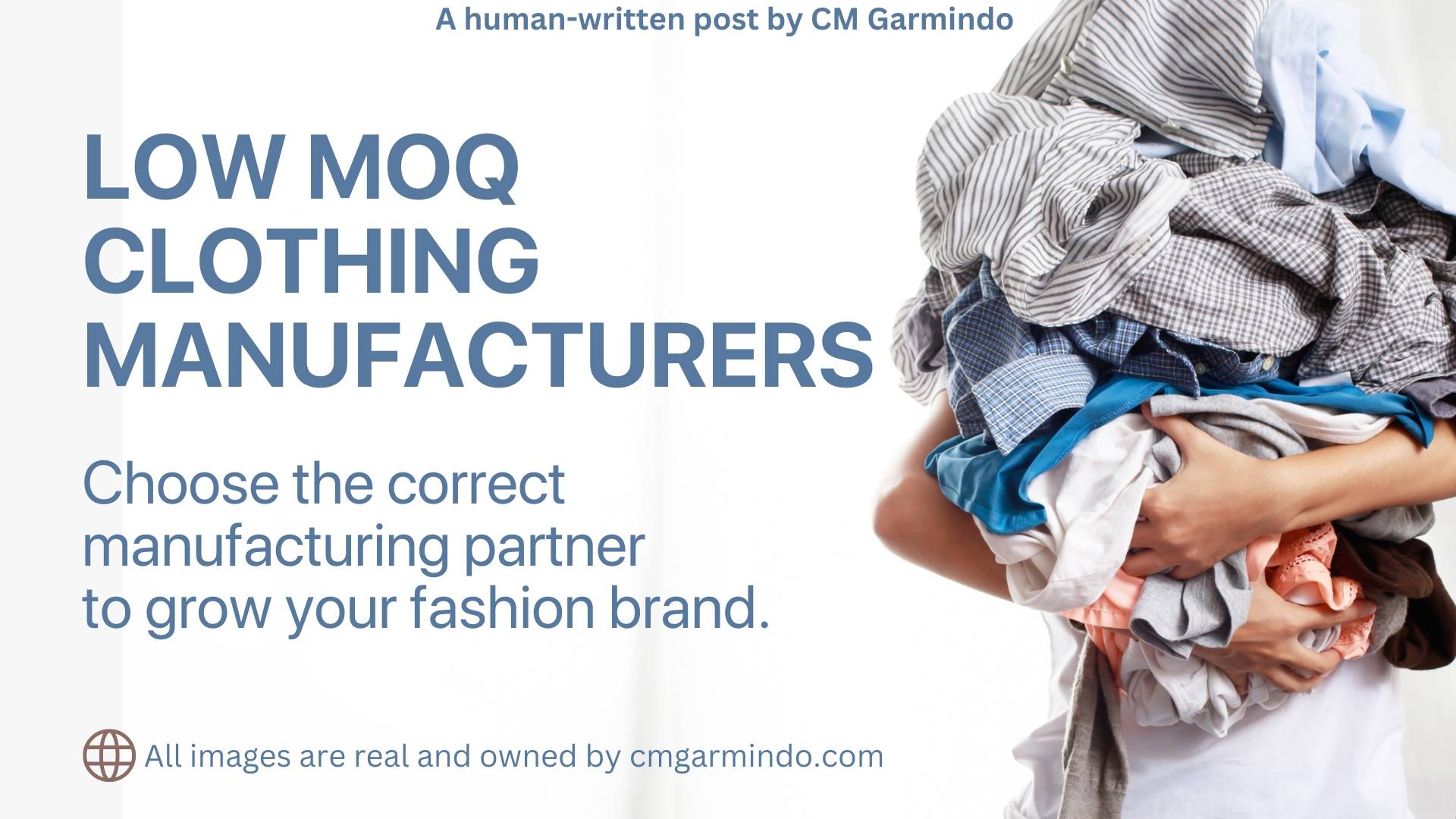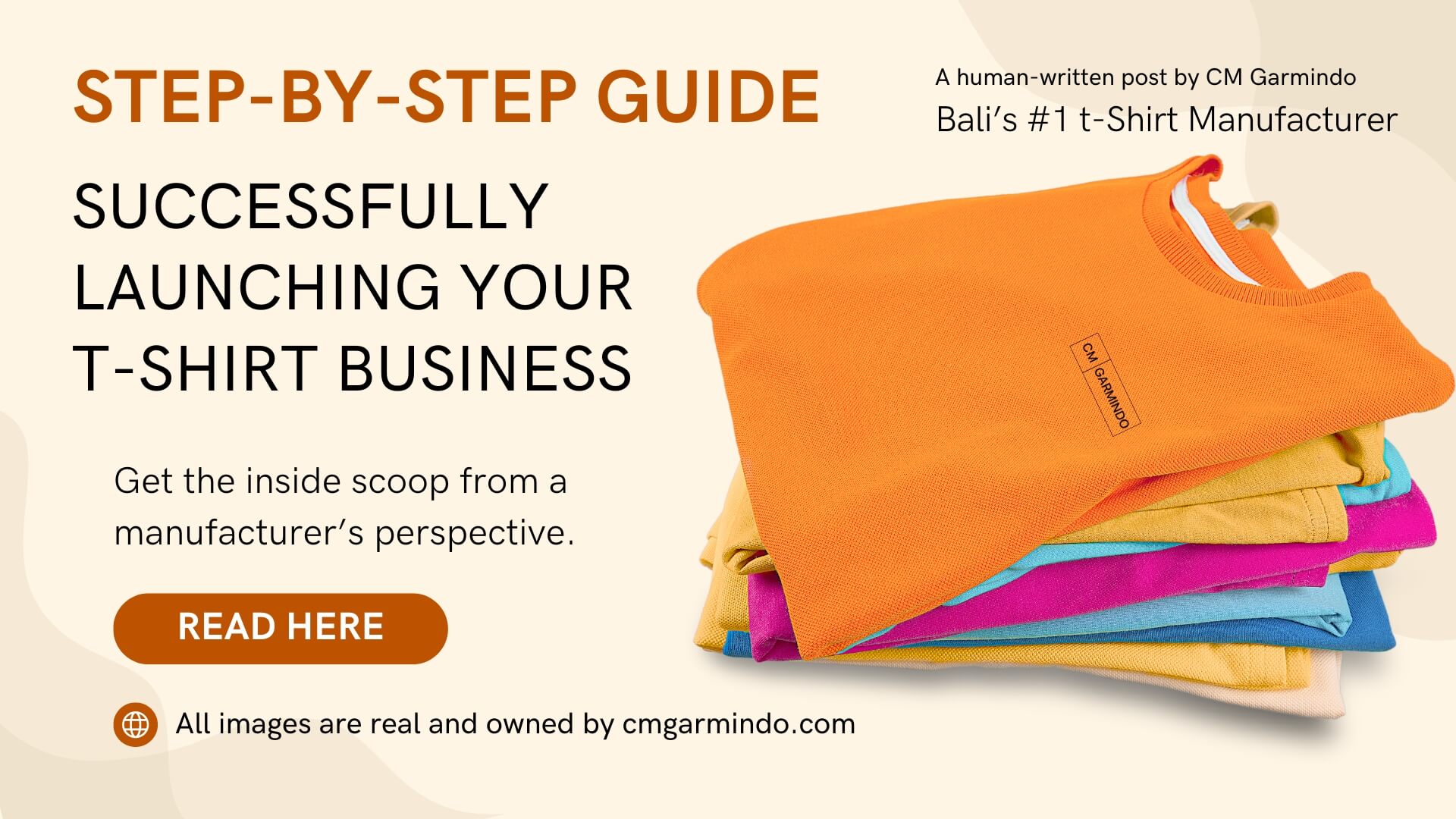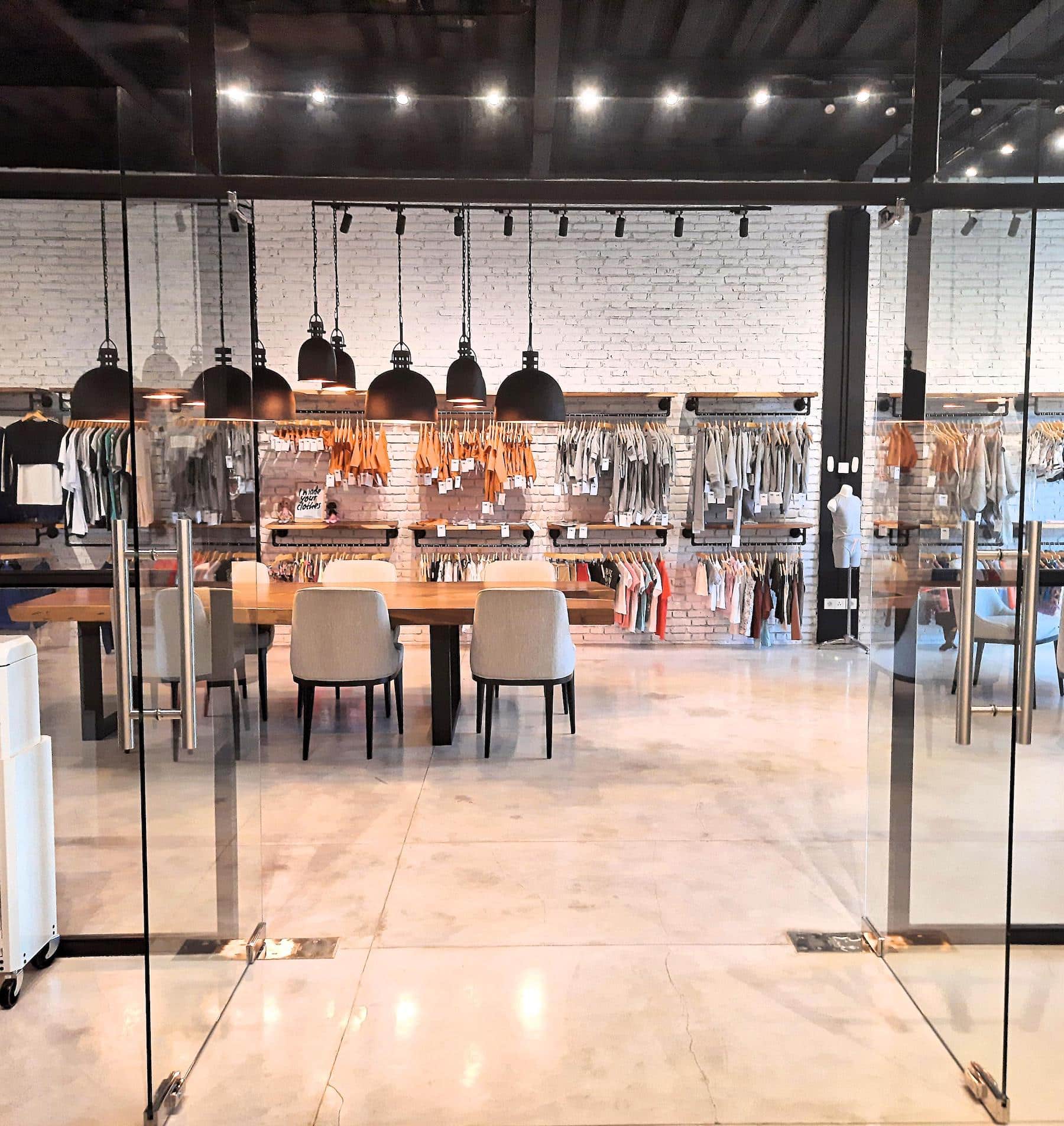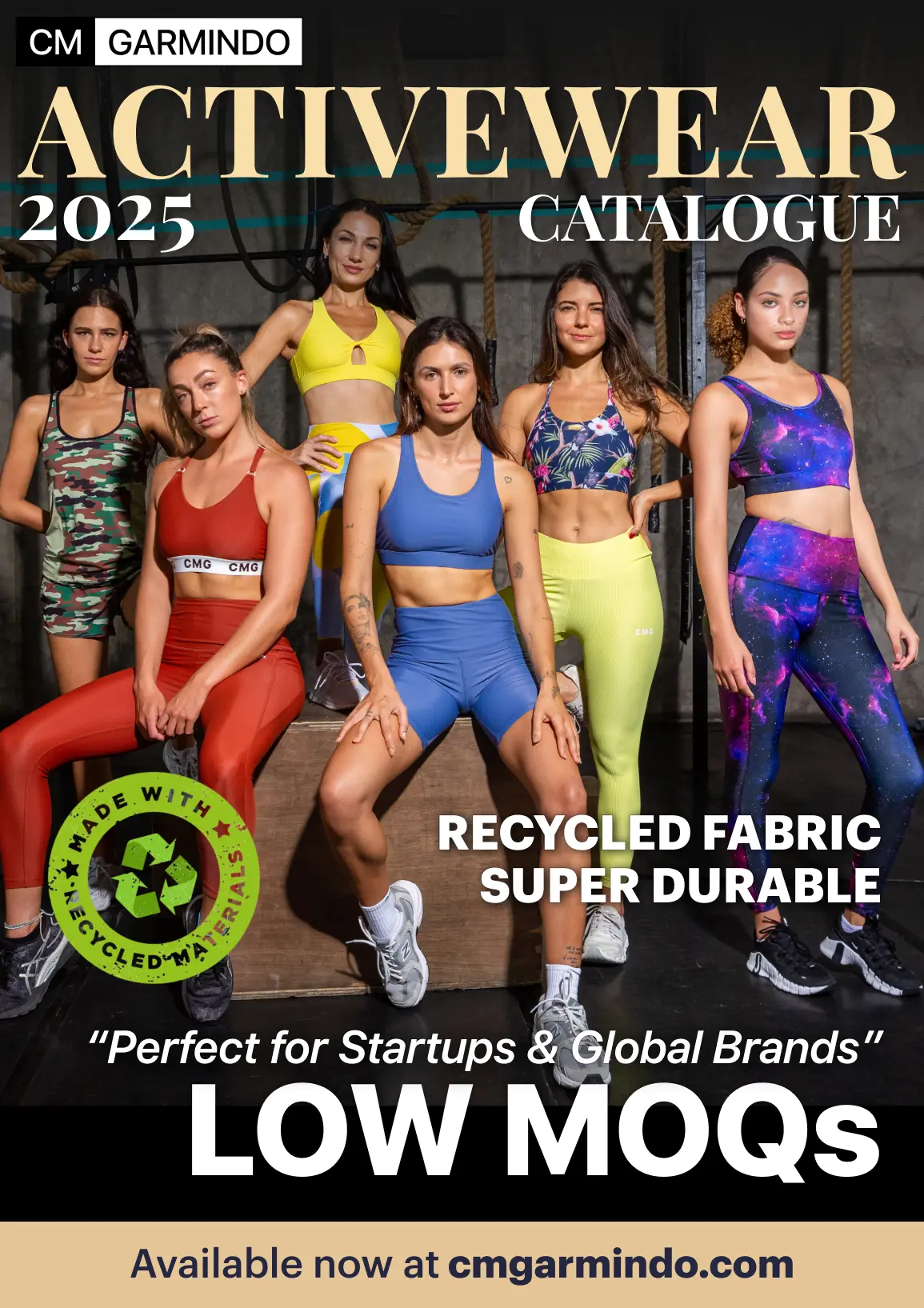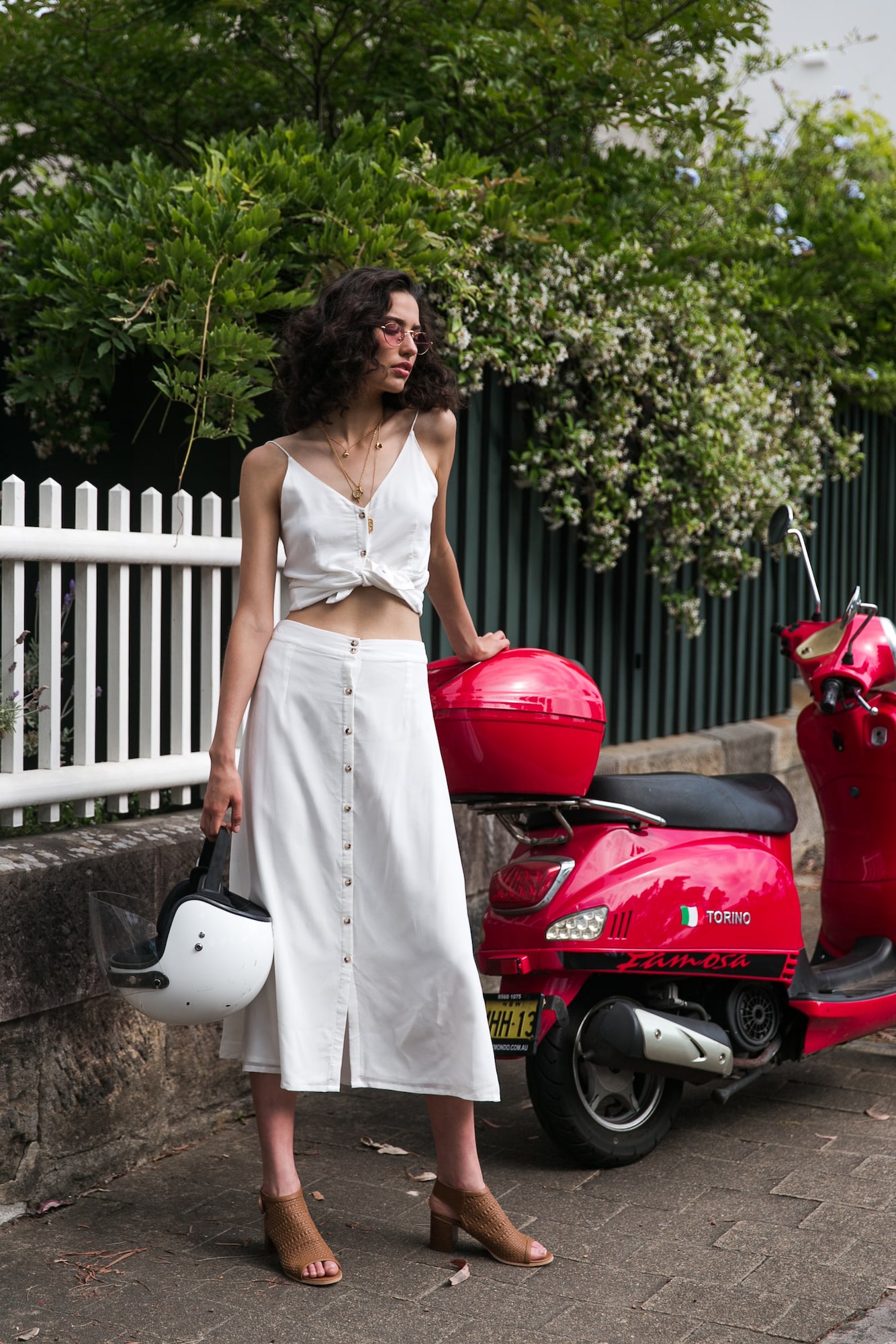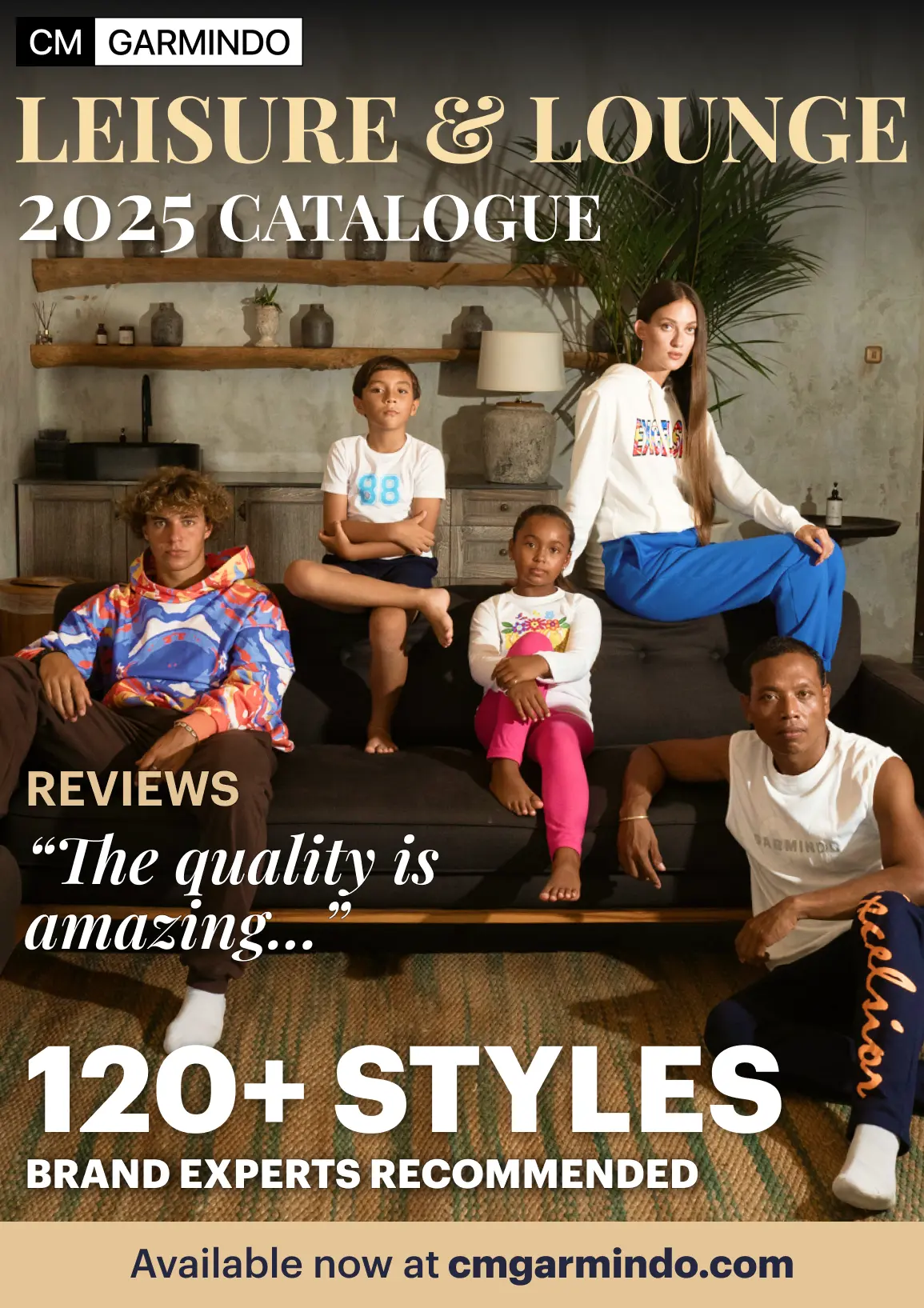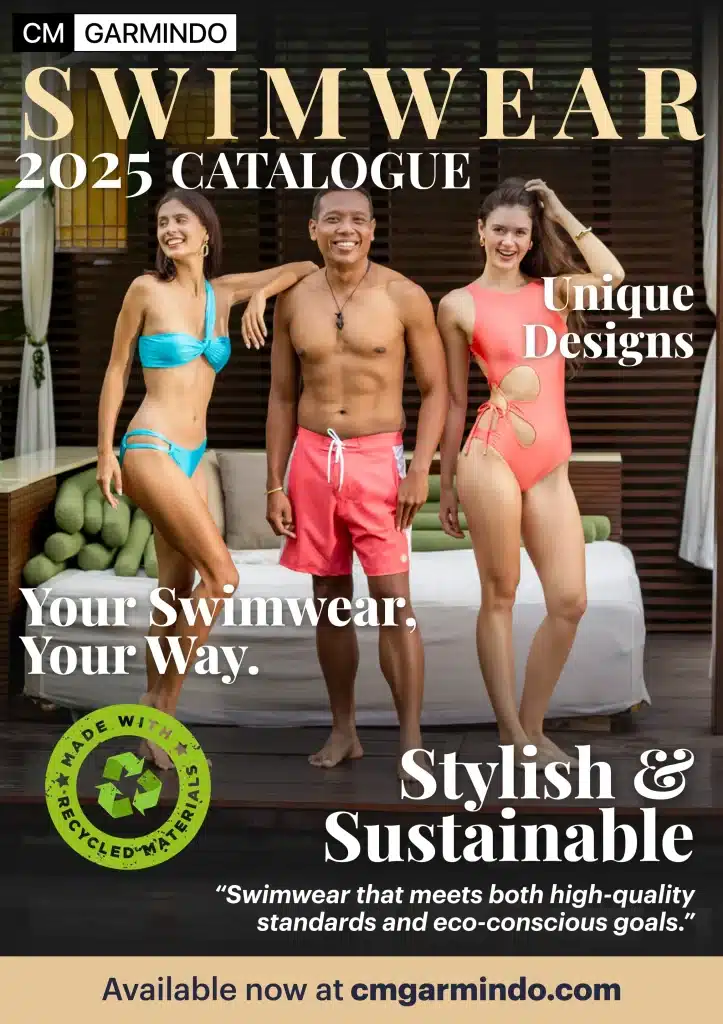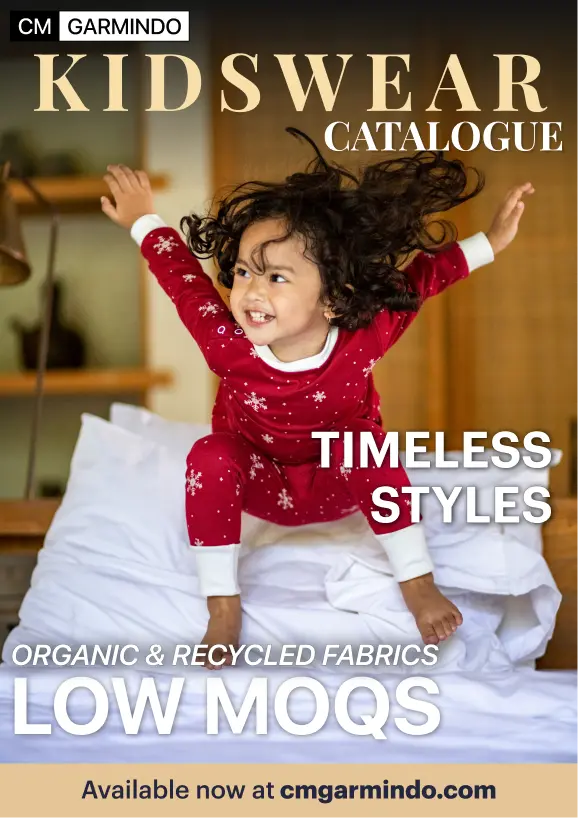The struggle of finding the perfect clothing manufacturer and apparel supplier is real. Besides having to run your fashion business, you’re also responsible for ensuring a healthy supply chain.
The fashion industry is tough. You’ve got huge brands with deep pockets and eons of experience. And thanks to the rise of eCommerce, thousands of boutique fashion brands have learned how to successfully start a clothing brand.
You’re likely reading this because you’ve got cool clothing designs you want to sell. But you’re faced with a daunting challenge: how to find a clothing manufacturing partner you can trust.
You’ve got a limited budget and there’s millions of garment factories out there.
No need to feel overwhelmed. In this post, we’ll help you turn your dream of creating a clothing brand by outlining ten essential steps to finding the perfect clothing manufacturer.
1. Define Your Needs BEFORE Contacting Factories
Clothing manufacturers want facts, not dreams. They need to know that you know what you want.
Before you start looking for a manufacturer, you need to know the types of clothing you’re going to make. You need to have a basic understanding of the materials you want to use. And you need to estimate how many units you plan to produce.
This part might seem obvious but you’d be surprised to know that most start-ups who contact us don’t even mention these things, which means we can’t have a meaningful conversation.
Additionally, not all clothing manufacturers are capable of producing all types of clothing.
For example, we get many enquiries for outerwear such as winter jackets which require special materials we can’t work with and needs specialised machinery we don’t have in our factory.
It’s a waste of time for you and for us if you haven’t done your research.
You should be searching for a manufacturer that specialises in making the clothing that you want.
If you’re starting a swimwear brand, then you should be looking for a swimwear manufacturer that has a lot of experience with stretch fabrics, bikinis, board shorts, etc.
2. Domestic vs Overseas Clothing Manufacturers
Whether it’s part of your branding, or simply a supply chain requirement, you need to decide whether you’re going to work with local manufacturers in your country (domestic) or overseas manufacturers.
It’s quite rare to find economically-viable clothing manufacturers if you’re in “western” countries, but if being “locally-made” is important to you, you’ll always find options online.
Domestic Clothing Manufacturers:
Besides the fact that it’s easier to find and meet with local garment factories, if you’re in the “west”, there will often be more stringent labour regulations and better working conditions.
Consumers are more conscious and “locally made” can be a powerful USP.
There’s also the benefit of quicker shipping times with lower shipping rates since you won’t need to pay incoming duties.
However, all of this comes at a cost. Typically, manufacturing your clothing domestically costs more.
Overseas Clothing Manufacturers:
The main benefit of using overseas manufacturers is the lower production costs; 9 out of 10 times it costs less.
It’s critical to find an ethical clothing manufacturer as most overseas garment factories are unregulated and don’t adhere to ethical Fair Trade practices.
It’s also difficult for you to jump on a plane every time you need to visit and inspect overseas factories.
Shipping times are also longer when sending clothing internationally. This generally isn’t a major issue if you’ve got a trustworthy factory that knows how to forward-plan your productions.
3. Researching Potential Manufacturers
Don’t just spray-and-pray! Take the time to actually research clothing manufacturers by visiting their websites.
Start by researching manufacturers that specialise in your types of clothing and can meet your production needs. Look at their past work, their clients, and their reputation in the industry.
Google is your friend. Understanding keyword search is going to save you a lot of time. Localising your search by adding a city or country will reduce unwanted results.
Instead of typing “apparel manufacturers”, search for a specific phrase such as “ethical bikini manufacturer Indonesia”.
Then go into their websites. It’s mind boggling how many people email us and ask us what we make. Like; didn’t you even check what we do before you contacted us?
Imagine walking into a building for no apparent reason and asking reception why you’re there.
4. Understand What The MOQ Is
An MOQ or Minimum Order Quantity is the minimum number of garments you need to produce in a single order. Each manufacturer has their own MOQ policies.
For example, our MOQ is 20 pieces per style per colour or print. This means you have to order at least 20 of a garment in any colour or any print.
This translates to your costs because costs are dependent on quantities.
If you’re a start-up fashion brand, you’re probably not looking to order 3,000 pieces. To avoid overstocking, make sure that your factory’s MOQ is manageable for you before you start.
5. Lean How To Request Quotes
Once you have a list of potential manufacturers, reach out to them for quotes.
Nothing screams you’re a noob like asking what the prices are without sending the required details about your collection. Most clothing manufacturers like us don’t work from static price lists.
Be sure to provide them with as much information about your collection as possible to get the most accurate quote.
As the approaching brand, you should always prepare some sort of documentation that you can share with prospective apparel manufacturers.
You should at least provide photos of the clothing you want to make, clear screenshots of any designs you want to embroider or print, a basic list of fabrics you’re exploring, a basic list of hardware you’re exploring (ex: zippers), a range of sizes you intend to sell, and your estimated bulk production quantity.
Quoting often happens in two stages. At first, a Client Services department will likely review your request. Then after you’ve shared the correct information, a production department will take over for quoting.
6. Evaluate Quality By Ordering Clothing Samples
Requesting clothing samples from your manufacturer is critical to evaluate the quality of their work. Pay attention to details such as stitching, the material, the fit, the printing, etc.
But don’t make the mistake of asking for free samples right away. You’ll come across as insincere. Hint: you should try to build a rapport first before asking for free stuff!
For example, although our company offers free garment samples, you still need to pay for the initial samples and then commit to a bulk production first before the initial samples’ fee is deducted from the bulk production invoice.
The initial sampling process is mandatory for most factories for both sides to test things. As much as you’re testing the factory, the factory is also testing to see if you’re serious.
The purpose of the sampling process is to ensure things come out right, and if they don’t, then we can make adjustments until they are.
Keeping in mind, most manufacturers are happy to provide samples for a fee. But it’s up to you to communicate your designs and your requirements clearly. Factories shouldn’t have to guess at what you want.
7. Check References & Reviews
Ask manufacturers for references from their past or current clients. You can also visit the manufacturer’s website to see if they display the logos of brands they worked with.
You could try to reach out to these references but in our experience, they won’t talk with you. This is because of scarcity.
Most brands who find good clothing manufacturers don’t want you to take any of the production capacity they need. And some believe you’ll just steal their designs if you work in the same factory.
Another way to check references is by reviewing a manufacturer’s Google Reviews. Check our amazing client reviews here.
Important Note: Be careful with review websites such as TrustPilot because these sites charge money in exchange for reviews and higher rankings. Fake reviews means unethical business so, be careful!
8. Don’t Underestimate The Importance Of Communication
Effective communication is crucial. If a clothing manufacturer is slow to respond or difficult to understand, it could lead to problems down the line.
As a Canadian garment manufacturer in Indonesia, we constantly hear from new clients that one of the biggest issues they had with their previous factories was communication.
If you’re working with manufacturers in Indonesia, you need to learn how Indonesian people conduct business. This goes for any country.
Given the passive aggressive nature of most Asian cultures, if you’re not careful with how you react to situations, you could find yourself getting cheated or getting your production dumped without knowing.
It can be said that building a good relationship with your manufacturer is critical to the success of your fashion brand. It can lead to better service, negotiable prices, and a successful long-term partnership.
9. Visit Your Clothing Manufacturer
Visiting your manufacturer’s facility will give you a better idea of their capabilities and working conditions.
There’s nothing more satisfying than seeing your factory’s facility with your own eyes. Especially when your own production is happening.
But don’t just show up at the door wanting to get in! If you’re working with a reputable clothing manufacturer, they will have protocols for visiting.
Clothing manufacturers have all sorts of private intellectual property everywhere. From design specs in their offices to branded clothing in their showrooms.
Factories need to protect their existing client IP from design exposure. Sometimes, competitors unethically act like clothing brands and try to gain access to our offices to steal trade secrets.
If you’re planning a visit to your factory, you need to arrange things well in advance to avoid surprises or disappointment. It’s just the right way to conduct business.
10. Start Small & Plan For The Future
Before you commit to a large production, start with a small order to test the manufacturer’s communication, quality, and reliability.
Choose a manufacturer who can accommodate your business as it grows. If a manufacturer can’t handle increased orders, it could hinder your business’s growth.
Knowing how to make repeated orders, how lead times and production times works, and how to start forward planning, is integral to your brand’s sales.
Are You Ready? Let Us Know What You Think
Finding the perfect clothing manufacturer for your fashion brand doesn’t have to be complicated.
But you should take the time to research prospective manufacturing partners. Starting a clothing business is a big deal. And it’s a highly competitive market. You’re going to spend a lot of time and money doing it.
Having said that, now that you’ve read our ten essential steps to finding the perfect clothing manufacturer, you’ll be in a good position to get your clothing business underway.
Have you had any experience sourcing clothing manufacturers? What are the common obstacles have you faced?
If you have any questions or need more tips for working with clothing manufacturers, drop us a message on our website here.
